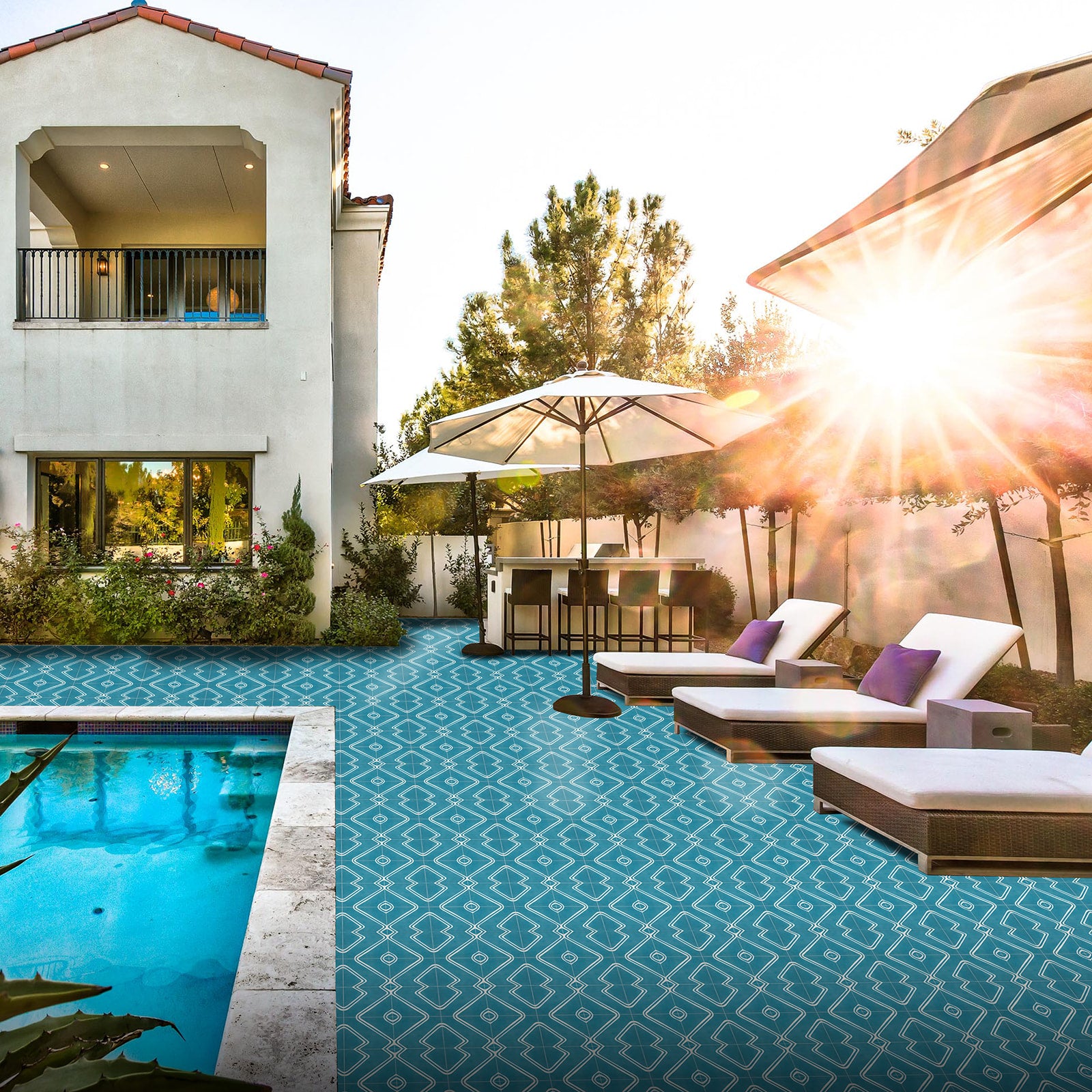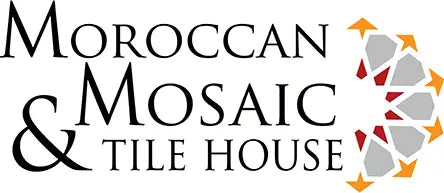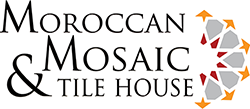A Timeless Design

Moroccan handmade cement tiles, also known as Moroccan encaustic tiles or Moroccan cement tiles, are a type of decorative tile known for their intricate patterns and vibrant colors. Unlike traditional ceramic tiles, Moroccan handmade cement tiles are made from a mixture of cement, marble powder, pigment, and sand. This combination gives the tiles their characteristic durability and strength.
Each tile is handmade by skilled artisans who pour the cement mixture into molds and then use metal dividers to create the desired pattern. The tiles are then cured and dried, often in the sun, before being sealed to protect against staining and wear.
Moroccan cement tiles are famous for their elaborate geometric patterns, floral motifs, and intricate designs. These patterns are created by using different-colored pigments mixed into the cement, resulting in a surface that is both colorful and textured. These tiles are versatile and can be used in various indoor and outdoor applications. They are commonly used for flooring, wall cladding, backsplashes, and even decorative accents in both residential and commercial spaces.
Moroccan handmade cement tiles have a rich cultural heritage, reflecting the artistic traditions and craftsmanship of North Africa. They are often associated with traditional Moroccan architecture, including riads, and historic buildings. While durable, Moroccan cement tiles require proper maintenance to preserve their beauty. Regular cleaning with mild soap and water is recommended, and sealing the tiles periodically can help protect them from stains and moisture. In recent years, Moroccan handmade cement tiles have gained popularity in interior design and home decor trends. They are prized for their unique aesthetics and ability to add a touch of exotic elegance to any space.
Overall, Moroccan handmade cement tiles are not just functional building materials but also works of art that showcase the craftsmanship and cultural heritage of Morocco.

